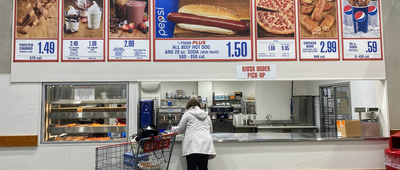The More You Know
They say necessity is the mother of invention, and that’s certainly the case for these common products, created by clever people who saw a problem and solved it — or who, while inventing something else, found a surprising new use. From the can opener to the zipper, here are the little-known stories behind 25 things we use on a daily basis.


































